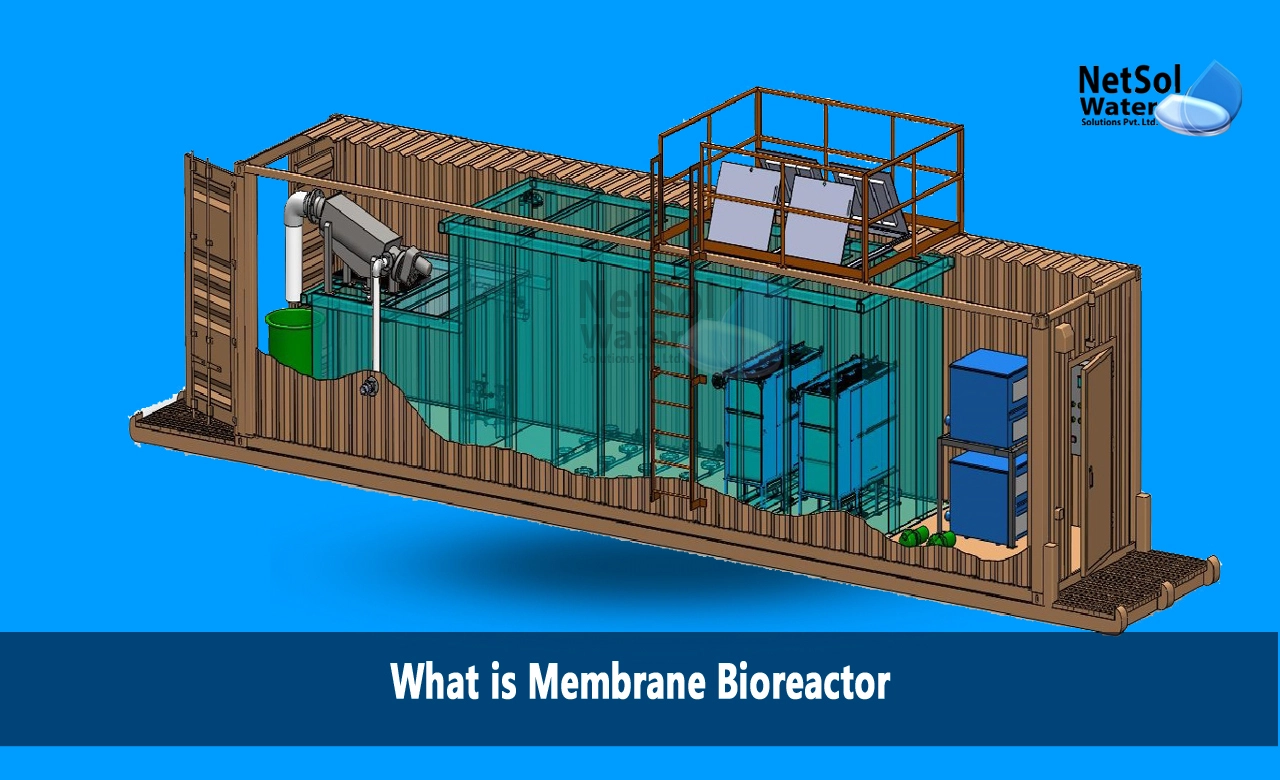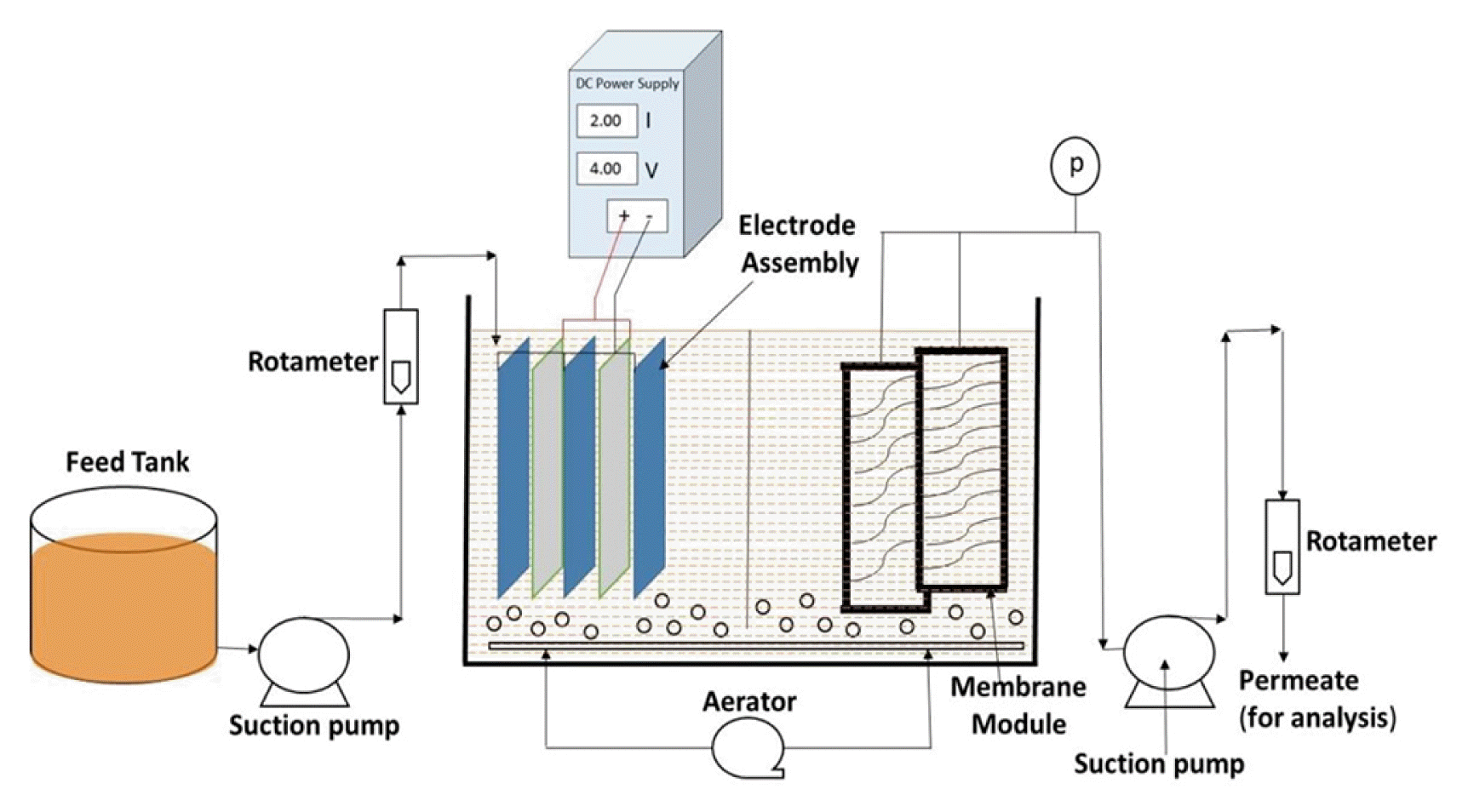Exploring the Benefits of Membrane Bioreactor in Municipal Wastewater Plants
Exploring the Benefits of Membrane Bioreactor in Municipal Wastewater Plants
Blog Article
Recognizing Membrane Bioreactors: The Future of Wastewater Therapy
Membrane bioreactors (MBRs) represent a significant innovation in the field of wastewater therapy, incorporating organic procedures with advanced membrane layer purification to enhance effluent high quality. As international water deficiency and strict regulative structures become significantly pushing issues, MBR technology uses a reliable response through its capability to lessen impact and optimize resource healing.
What Are Membrane Bioreactors?

The core components of MBR systems include a bioreactor where microbial activity occurs and a membrane unit that filters the mixed liquor. This dual functionality allows the simultaneous deterioration of organic matter and solid-liquid separation in a single action. MBRs can run in both immersed and exterior configurations, with submerged systems being a lot more typical because of their small design and operational efficiency.
The fostering of MBR modern technology has actually obtained grip in numerous applications, varying from community wastewater treatment to industrial effluent monitoring. MBRs are specifically beneficial in scenarios where space is strict or limited effluent quality criteria need to be satisfied. By maintaining a high focus of bacteria within the bioreactor, MBRs enhance the degradation of natural toxins, consequently producing higher therapy efficiencies contrasted to standard techniques.
Trick Benefits of MBR Modern Technology
The integration of organic treatment with membrane layer filtration in MBR systems uses numerous advantages that establish it aside from typical wastewater treatment techniques. Among the primary benefits is the improved effluent top quality. MBRs efficiently get rid of suspended solids and pathogens, achieving higher degrees of filtration that meet rigid discharge standards and help with water reuse applications.

An additional substantial advantage is the decreased sludge production. MBR systems produce much less excess sludge, bring about lower disposal costs and a decrease in environmental effect. The closed nature of the membrane layer system minimizes the risk of odor emissions and enhances general process control.
Finally, MBRs are versatile and flexible, making them appropriate for different wastewater kinds, consisting of commercial and local resources. The capacity to incorporate with sophisticated therapy innovations additionally improves their efficiency, making MBRs an appealing service for the future of wastewater administration.
Difficulties and Limitations of MBRs
While MBR technology offers numerous advantages, it additionally encounters numerous difficulties and restrictions that can impact its widespread fostering. One substantial difficulty is the high funding and operational prices linked with MBR systems. The preliminary investment for membrane layer products and the needed facilities can be substantial, making it much less obtainable for smaller towns or sectors.
Additionally, membrane layer fouling stays a crucial issue that can reduce system performance and increase upkeep demands. Fouling takes place when solids, raw material, or microbes build up on the membrane layer surface area, leading to lowered permeability and calling for regular cleansing or replacement.
Another constraint involves the intricacy of the technology. MBR systems need experienced employees for operation and maintenance, which can be an obstacle in regions with minimal technical proficiency. The disposal of spent membrane layers presents environmental problems, as the materials are commonly not biodegradable and can contribute to lose monitoring challenges.
Finally, while MBRs can properly treat a large range of wastewater, they might not appropriate for all applications, especially those with high focus of fats, oils, and oils, necessitating additional research study and technology to address these restrictions.
Applications of Membrane Bioreactors
In different fields, membrane layer bioreactors (MBRs) have emerged as a versatile service for wastewater treatment (Membrane Bioreactor). Their applications cover metropolitan, commercial, and farming settings, showcasing their adaptability and efficiency in diverse atmospheres. In local wastewater therapy plants, MBRs dramatically boost effluent top quality, permitting for water reuse and lowering the ecological influence of released wastewater
Industrially, MBRs are used in food and drink handling, fabric manufacturing, and pharmaceutical production, where have a peek here they efficiently treat high-strength waste streams. Their capability to deal with varying loads and varying impurity focus makes them especially important in these industries. Additionally, MBRs facilitate the elimination of virus, put on hold solids, and organic matter, adding to conformity with strict discharge policies.
In agriculture, MBRs are significantly utilized for treating agricultural drainage and animals wastewater, allowing the recovery of nutrients for plant food production. They also help in the treatment of greywater for irrigation, advertising sustainable water management techniques.
The adaptability of MBRs is further shown by their combination with other modern technologies, such as anaerobic food digestion and advanced oxidation procedures, improving overall efficiency and resource recuperation in wastewater treatment systems.
The Future of Wastewater Therapy
Improvements in technology and an expanding emphasis on sustainability are forming the future of wastewater treatment. Membrane layer bioreactors (MBRs) exemplify this change by incorporating biological treatment procedures with membrane purification, leading to high-quality effluent ideal for reuse. The trend in the direction of circular economic climates is prompting facilities to take on MBRs for their capability to recoup resources, such as water and nutrients, from wastewater.
Technologies in membrane products and arrangement are improving the performance use this link and longevity of MBR systems, minimizing functional prices and energy usage. Smart technology combination, consisting of real-time surveillance and automated control systems, is further enhancing efficiency and enabling anticipating upkeep, thus reducing downtime.
In addition, regulatory pressures and social assumptions are pressing districts and industries to take on more sustainable methods. Membrane Bioreactor. The change in the direction of decentralized wastewater therapy solutions is acquiring traction, enabling for local therapy that lowers transportation costs and energy use
Conclusion
Membrane bioreactors (MBRs) represent a transformative technique to wastewater treatment, integrating biological procedures with sophisticated membrane layer technology. The benefits of MBRs, including boosted effluent top quality, minimized spatial requirements, and reduced sludge manufacturing, place them as a practical remedy amid growing urbanization and stricter ecological laws. Regardless of existing obstacles, the ongoing technology in membrane layer products and operational methods guarantees to reinforce the efficacy and adoption of MBRs, guaranteeing their crucial duty in the future of lasting wastewater administration.
Membrane bioreactors (MBRs) stand for a significant advancement in the field of wastewater treatment, incorporating organic processes with sophisticated membrane purification to enhance effluent top quality.Membrane layer bioreactors (MBRs) combine biological therapy processes with membrane layer purification to successfully treat wastewater.The you can try here assimilation of organic treatment with membrane filtration in MBR systems supplies many advantages that establish it apart from standard wastewater treatment approaches. Membrane bioreactors (MBRs) exhibit this change by integrating organic treatment procedures with membrane purification, resulting in top notch effluent appropriate for reuse.Membrane bioreactors (MBRs) stand for a transformative approach to wastewater therapy, integrating organic processes with innovative membrane modern technology.
Report this page